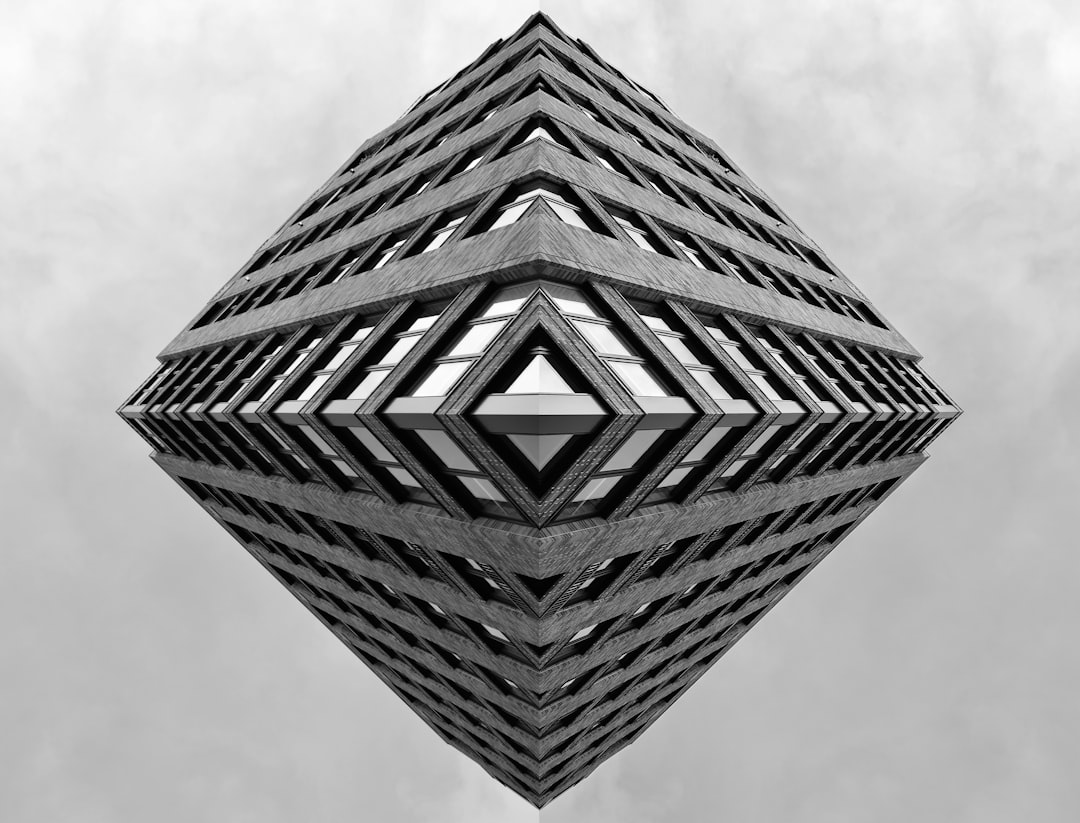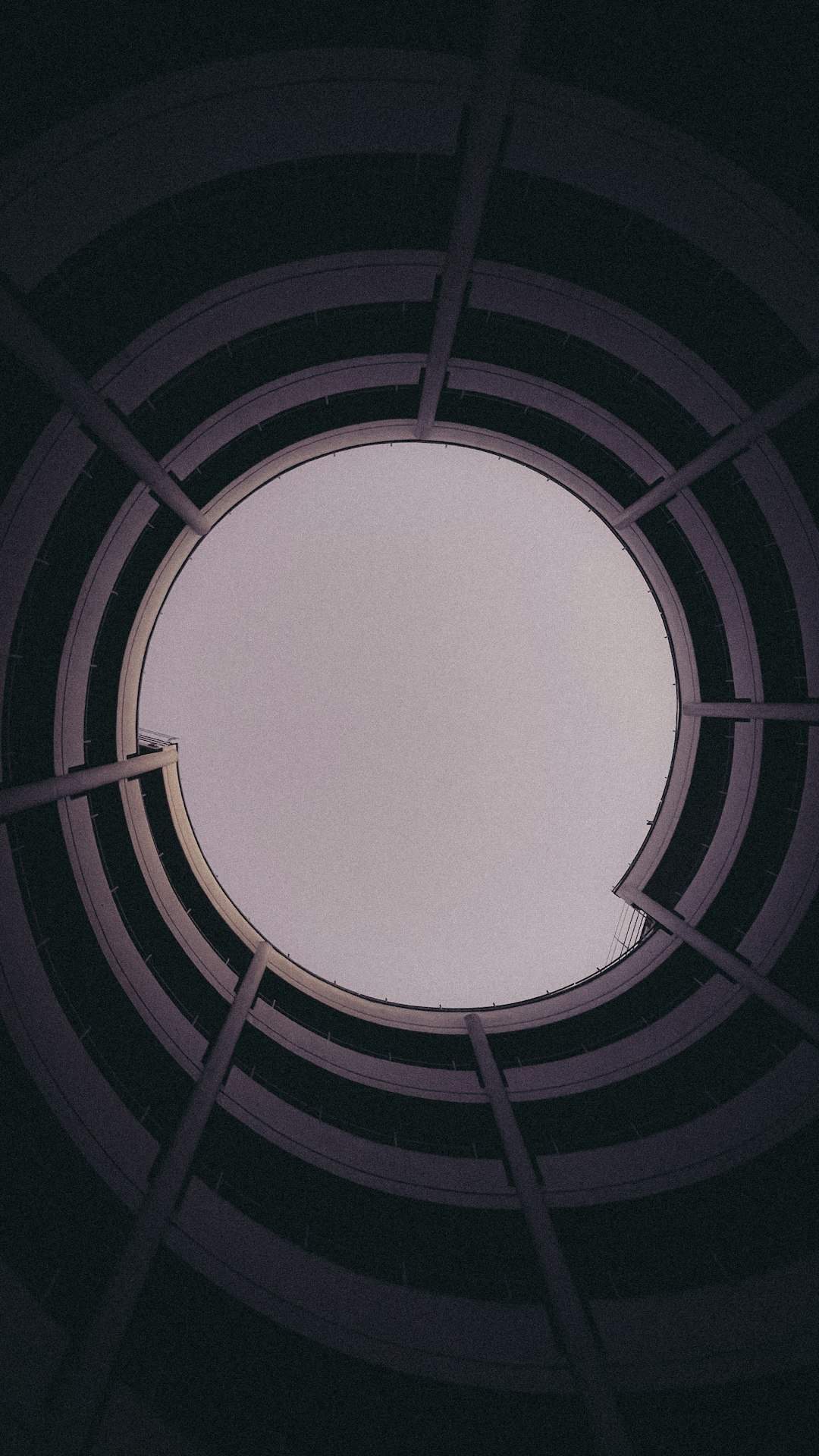In the fast-moving world of branding and visual identity, logos serve as an essential touchstone for conveying a company’s mission, personality, and style. Abstract and geometric marks offer a powerful, minimalist way to communicate complex ideas through simple forms. The beauty of these marks lies in their versatility, memorability, and ability to transcend language barriers. Whether you’re a designer looking to spark creativity or a brand strategist exploring visual directions, having a set of well-structured prompts can be an effective starting point.
TLDR:
Abstract and geometric logos blend simplicity and symbolism, offering companies a timeless way to represent their identity. Using these forms effectively requires thoughtful creativity and precision in execution. This article provides 14 logo prompts designed to inspire designers seeking fresh approaches in abstract and geometric logo development. From pattern-based motifs to dimensional cubes and sacred geometry, these ideas offer practical and imaginative entry points for logo creation.
Why Use Abstract and Geometric Logos?
Unlike pictorial logos, abstract and geometric marks distill visual communication down to essential forms, evoking emotion and association without specificity. They are especially viable for brands aiming to appear modern, tech-forward, or globally resonant. These marks can convey unity, motion, or strength, and often scale better across digital platforms and printed media due to their clean lines and balance.
14 Logo Prompts for Abstract and Geometric Marks
Whether you’re stuck during an ideation session or need thematic direction, the following prompts aim to inspire innovation while maintaining professional integrity.
-
1. Interlocking Circles Representing Harmony
Play with overlapping circular shapes to indicate balance, unity, and ongoing motion. Venn diagram-like structures can be used to show connectivity without appearing overly literal. -
2. Fractal Patterns for Infinite Complexity
Use iterations of repeating patterns that hint at mathematical elegance and vast complexity. Fractal designs can be particularly appealing in tech or AI-centered branding. -
3. Nested Triangles for Stability and Growth
Triangles evoke strength and dynamic tension. Layer them in nested formations or use negative space to convey upward growth or driving purpose. -
4. Escher-Like Geometries
Create optical illusions using stepped planes or impossible shapes. Referencing M.C. Escher’s approach can lead to engaging marks that hold a viewer’s attention.
-
5. Tiling Patterns with Cultural References
Introduce geometric tiling that pulls from ancient motifs—such as Islamic, Aztec, or Greek designs—updated with a modern twist. These logos suggest timeless quality and deep roots. -
6. Minimal Line-Based Forms
Construct your mark using only straight or curved lines to create a sense of dimensionality, symmetry, or pathfinding. This minimalistic prompt works well for brands emphasizing simplicity and direction. -
7. Monoline Illustrations in Repeat Patterns
Use a consistent line weight to develop a repeating motif, then isolate a segment to serve as the central icon. This technique infuses character while keeping the design balanced and scalable. -
8. Dimensional Cubes Representing Structure
Iso-metric cubes or modular blocks can represent foundation, logic, or digital infrastructure. These straightforward shapes are also highly versatile in motion and animation applications. -
9. Spirals and Golden Ratio Elements
Leverage the Fibonacci sequence or the golden spiral to create proportionally pleasing forms. Ideal for creative, architectural, or educational brands aiming for visual intelligence and natural harmony.
-
10. Modular Grids with Varying Densities
Construct a controlled grid that disperses toward a focal point or increases in density outward. This creates a strong visual flow and can convey transformation or innovation. -
11. Polygon Clusters Evoking Versatility
Assemble overlapping or clustered polygons like hexagons or octagons to suggest collaboration or interconnectivity—great for network, biotech, or co-creative brands. -
12. Broken Shapes with Meaningful Gaps
Instead of continuous outlines, create an interrupted shape to suggest transparency, openness, or disruption. Deliberately broken forms carry symbolic weight. -
13. Static Symbols That Feel in Motion
Design a still logo that visually implies momentum—this can be achieved with skewed planes, trailing lines, or orbital effects. This style is especially effective for logistics, sports, or digital-first brands. -
14. Sacred Geometry with Subtle Modifications
Tap into forms like Vesica Piscis, Flower of Life, or Metatron’s Cube, then adjust them subtly to create distinct brand visuals. These carry metaphysical weight and inherent mathematical harmony, appealing to wellness, spirituality, or innovation sectors.
The Power of Symbolism in Simplification
At the core of abstract and geometric logo creation lies the marriage between reducing complexity and encoding meaning. A well-executed abstract mark is not random—it carries the strategy, heritage, and aspirations of the brand in distilled visual form. By using these prompts, designers don’t merely reach for aesthetics but for deeply rooted visual language that supports long-term brand evolution.
Tips for Execution
Once you’ve selected or generated ideas from the prompts, keep in mind a few execution-related guidelines:
- Start in black and white. Focus on form and contrast before applying color theory.
- Check scalability. Make sure the design maintains clarity at both small and large dimensions.
- Use grids sparingly. Grids help for alignment but avoid letting them restrict creativity.
- Test negative space. Explore hidden shapes or secondary interpretations as added value.
- Make variations. Explore a few different configurations before settling on one final mark.
When to Use These Logo Types
Abstract and geometric logos are best suited for industries where symbolism, innovation, and minimal clarity are paramount. Common applications include:
- Technology and software startups
- Creative agencies and studios
- Fintech and blockchain companies
- Architectural and engineering firms
- Health and wellness brands with a futuristic slant
Additionally, these logos perform exceptionally across digital mediums, where clarity and consistency are vital. Their simplicity often makes them easy to animate, reducing visual friction in interfaces and across marketing platforms.
Conclusion
Abstract and geometric logos aren’t simply trends—they’re enduring formats that unlock clarity, adaptability, and emotion through intentional design. With these 14 thoughtful prompts as your guiding light, you can begin building brand marks that stand the test of time while resonating across diverse audiences. Keep experimenting, trust the process, and let geometric simplicity speak volumes.
 logo
logo



